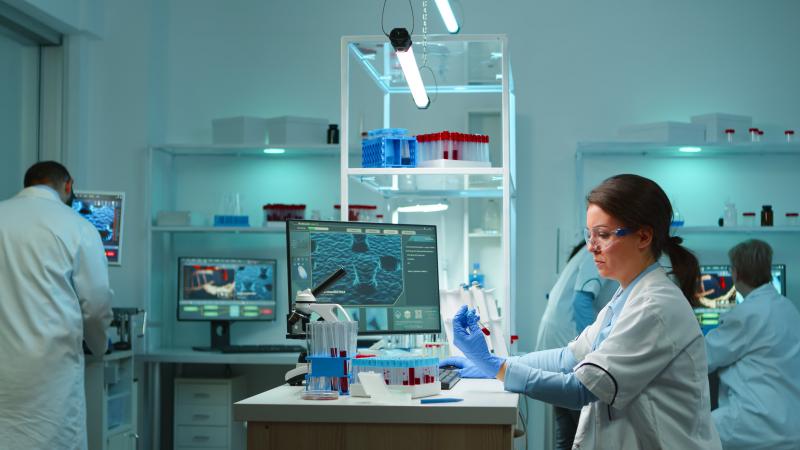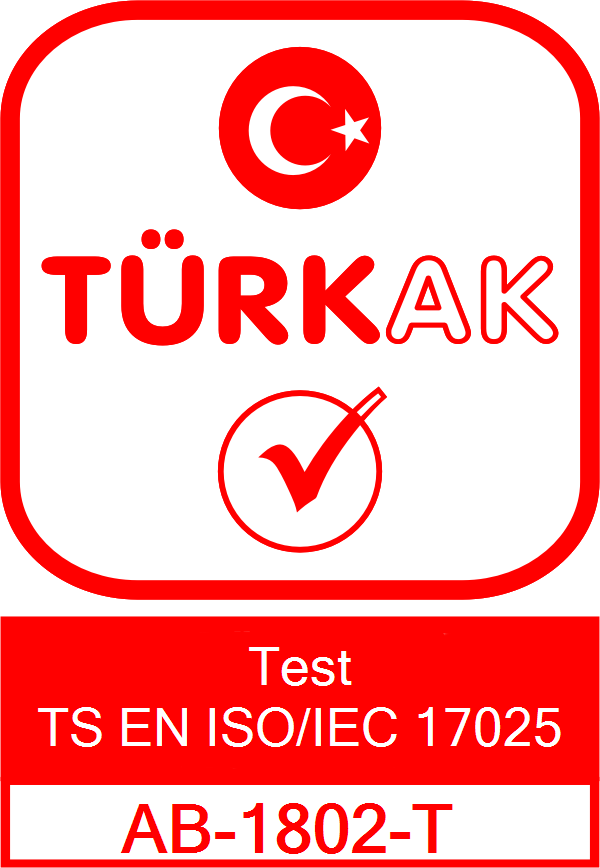
Determination of resistance against autoclaving, corrosion and thermal exposure EN ISO 13402
Determination of resistance against autoclaving, corrosion and thermal exposure EN ISO 13402
Contents
The determination of resistance against autoclaving, corrosion, and thermal exposure is crucial for medical devices, especially those that are reusable. These tests help to ensure that the medical devices can maintain their structural integrity and function after undergoing sterilization or exposure to various environmental conditions.
Autoclaving Resistance
Autoclaving is a standard sterilization method that uses pressurized steam at high temperatures (usually around 121°C or 134°C) to kill bacteria, viruses, and other microorganisms. Materials like surgical stainless steel, titanium, and some polymers are commonly used in medical devices because they can withstand autoclaving. The tests for autoclaving resistance typically involve multiple cycles of autoclaving followed by an evaluation of material properties, including:
- Tensile strength
- Corrosion resistance
- Physical appearance (e.g., discoloration, warping)
- Mechanical functionality
Corrosion Resistance
Corrosion resistance is generally assessed by exposing the medical device to corrosive solutions that simulate body fluids or harsh environments. Various standard tests, such as those described in ISO 10993 or ASTM F2129, may be used. These tests can include:
- Immersion in corrosive solutions
- Electrochemical tests
- Salt spray tests
- Potentiodynamic polarization
The device is subsequently examined for pitting, crevice corrosion, or other forms of material degradation.
Thermal Exposure Resistance
Thermal exposure tests involve subjecting the medical device to high or low temperatures to assess how its material properties might change. This can include:
- Oven aging
- Quenching tests
- Cyclic thermal resistance tests
Post-exposure, the device is analyzed for changes in mechanical properties and functionality.
Validation and Documentation
After testing, it's crucial to document the procedures, results, and any deviations from expected outcomes. These documents become part of the technical file or dossier that may be submitted to regulatory agencies for device certification or approval.
Keep in mind that each jurisdiction might have specific guidelines and standards to which medical devices must adhere. For a thorough understanding, consult with experts in the field or appropriate regulatory bodies.

